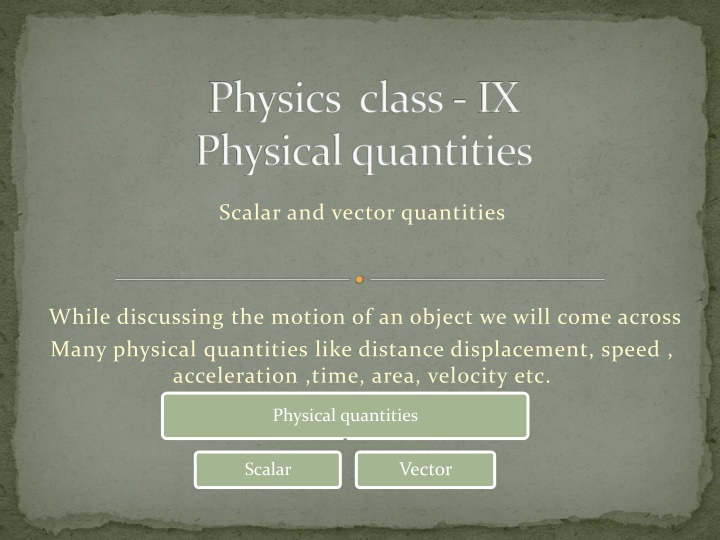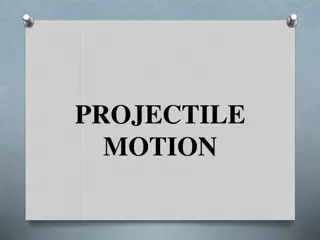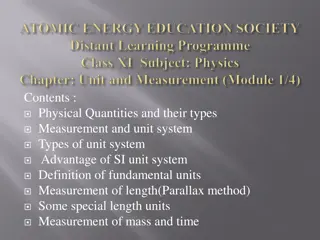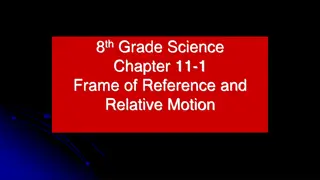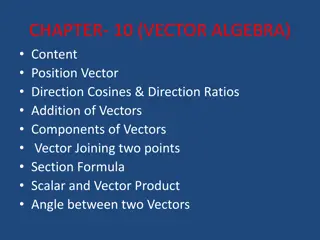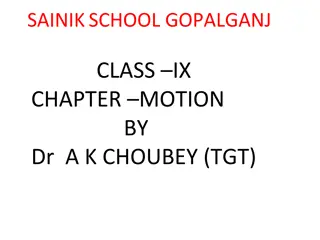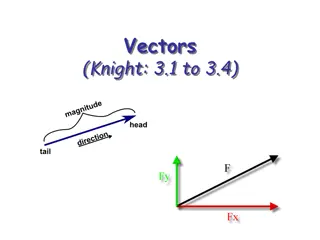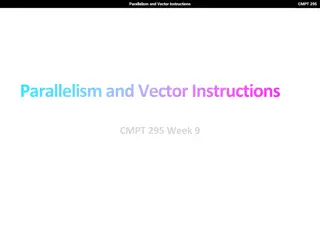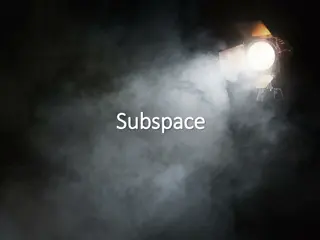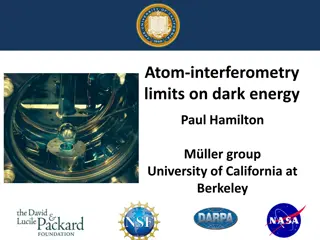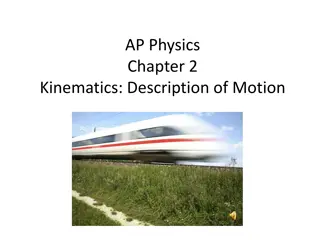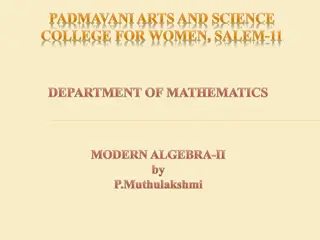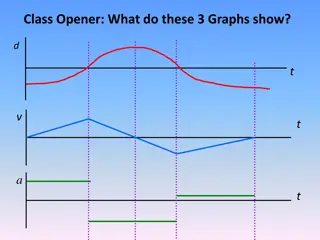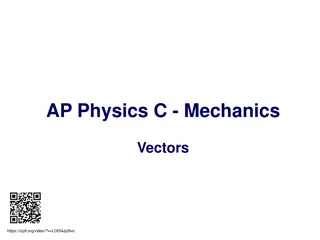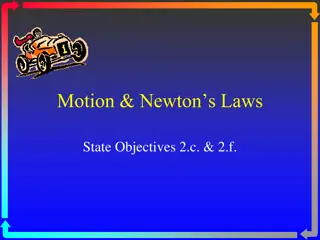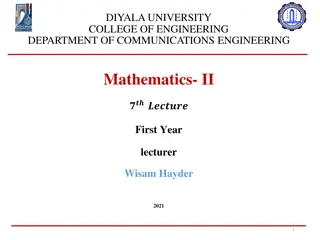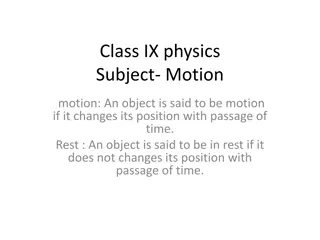Physical Quantities: Scalar vs Vector in Motion
Physical quantities like distance, displacement, speed, acceleration, time, and more play a crucial role in understanding motion. Learn about scalar and vector quantities, their definitions, differences, and key points to remember in this insightful discussion.
Uploaded on Mar 09, 2025 | 0 Views
Download Presentation

Please find below an Image/Link to download the presentation.
The content on the website is provided AS IS for your information and personal use only. It may not be sold, licensed, or shared on other websites without obtaining consent from the author.If you encounter any issues during the download, it is possible that the publisher has removed the file from their server.
You are allowed to download the files provided on this website for personal or commercial use, subject to the condition that they are used lawfully. All files are the property of their respective owners.
The content on the website is provided AS IS for your information and personal use only. It may not be sold, licensed, or shared on other websites without obtaining consent from the author.
E N D
Presentation Transcript
Physics class - IX Physical quantities Scalar and vector quantities While discussing the motion of an object we will come across Many physical quantities like distance displacement, speed , acceleration ,time, area, velocity etc. Physical quantities Vector Scalar
Definations Scalar quantity: The physical quantities which are completely specified by their magnitude or size only are called scalar physical quantities . Example: distance, mass , volume ,time etc. Scalar quantity are either positive or zero. They do not have negative value. Vector quantity: The physical quantity which have both magnitude and direction are called vector quantity . Example: Displacement , velocity , acceleration, force etc. Vector quantities are either positive, negative or zero.
Distance and displacement Distance : The length of the actual path between the initial and the final position of a moving object in a given interval of time is known as the distance travelled by the object. displacement : the shortest distance between the initial point and the final point of a moving object in the given interval of time is called displacement of the object. displacement of the object may also be defined as change in position of the object in a particular direction . i.e. displacement = final position - initial position.
Points to remember: distance travelled by an object is a scalar quantity. Its SI unit is meter denoted by m. distance travelled by an object may be positive . displacement of an object is a vector quantity and its SI unit is meter and denoted by m. displacement of an object may be positive , zero or negative but distance travelled by a moving object is never zero. Distance travelled by an object is either equal or grater than the magnitude of displacement of the object. Note: the distance travelled by an object is equal to magnitude of displacement of the object if the object continues to move in a straight line and does not changes its direction of motion.
Home work: Differentiate between scalar and vector quantity? An athlete completes a round of a circular track of diameter of 200m in 20 s. calculate distance travelled and the magnitude of displacement of the athlete at the end of one rotation. Name the device used to measure the distance travelled by an automobile. An object has moved through a distance . Can it have zero displacement? If yes, support your answer with an example.
